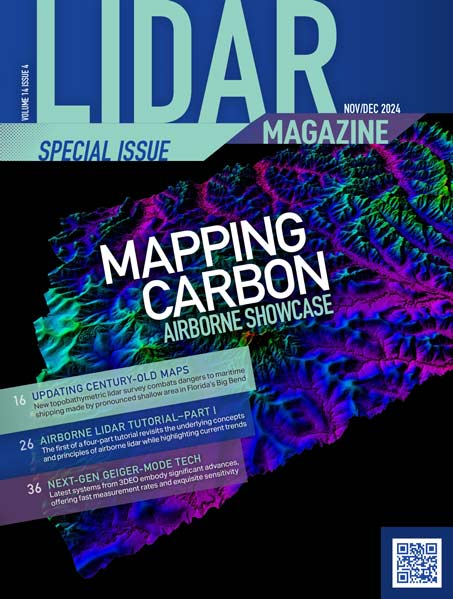"The Government Accountability Office should be commended for its investigation into duplication among Federal agencies and its particular attention to geospatial activities. MAPPS looks forward to working with Congress, GAO and the agencies on reform initiatives.
To put this issue in perspective, I would like to read a passage to you and ask if this sounds familiar:
‘The last major study of Federal surveying and mapping nearly 40 years ago found a disturbing proliferation and duplication of activity among many different agencies. Today these activities are found among an even greater number, suggesting that over the years the conventional budgetary process alone could not constrain the growth of surveying and mapping outside the core agencies, which apparently were not getting the job done. Now a new generation of problems – urban sprawl, pollution, energy crisis – are creating additional pressures which threaten even further lag in services and diffusion of effort. This can be corrected by improving efficiency through new technology and by centralizing management, which together offer the key to a better ratio of expenditure to service.’
That is not from the 2013 GAO report, but from a 1973 OMB Report. We’ve had a problem with duplication in Federal mapping for 80 years, and it hasn’t been fixed.
Not only is there duplication from one agency to another, but the government duplicates and competes with the private sector.
I’m quoting again from the 1973 OMB report:
‘Private cartographic contract capability is not being used sufficiently. We found this capacity to be broad and varied and capable of rendering skilled support to Federal MC&G (mapping, charting and geodesy) programs. Contract capability is a viable management alternative, and using it would be consistent with the President’s desire to limit the size of the Federal payroll.’
Again that’s not 2013, its 1973. The President mentioned is not Obama, or Bush, or Clinton or Reagan, but Nixon. The private sector in mapping is even more qualified and capable than it was 40 years ago.
The problem is not that we’re not spending enough on mapping; the problem is we’re not spending smart enough. Among our Federal employees, there are good people stuck in a bad system.
The economy of the United States can grow, jobs can be created, and the Federal debt can be lowered through better mapping and geospatial data of our Nation. A better structure and new systems must be implemented to eliminate duplication among agencies, as well as eliminate government competition with and duplication of the private sector.
Programs such as the "Digital Coast" activity in NOAA, "Data Acquisition as a Service" being developed by the Federal Geographic Data Committee, the "3DEP" or "Three-Dimensional Elevation Program" being launched by the USGS, are great first steps toward better coordination and effective utilization of the private sector.
Legislation such as the Map It Once, Use It Many Times Act by Representative Doug Lamborn of Colorado, and the Digital Coast Act by Representative Dutch Ruppersberger of Maryland and Representative Don Young of Alaska, the Federal Land Asset Inventory Reform or FLAIR Act, by Representatives Ron Kind of Wisconsin and Rob Bishop of Utah, as well as by Senators Orrin Hatch and Mike Lee of Utah are serious and meaningful legislative proposals to reform Federal mapping activities.
Congress also bears some responsibility for the fact that scores of Federal agencies have mapping and geospatial activities in stove-pipe or silos. Responsibility for oversight and authorization of Federal geospatial activities is spread among more than 30 House and Senate committees and subcommittees.
Change is long overdue. MAPPS commends GAO for highlighting this problem and we stand ready to help Congress, GAO and the Obama Administration with effective solutions that benefit our Nation."
